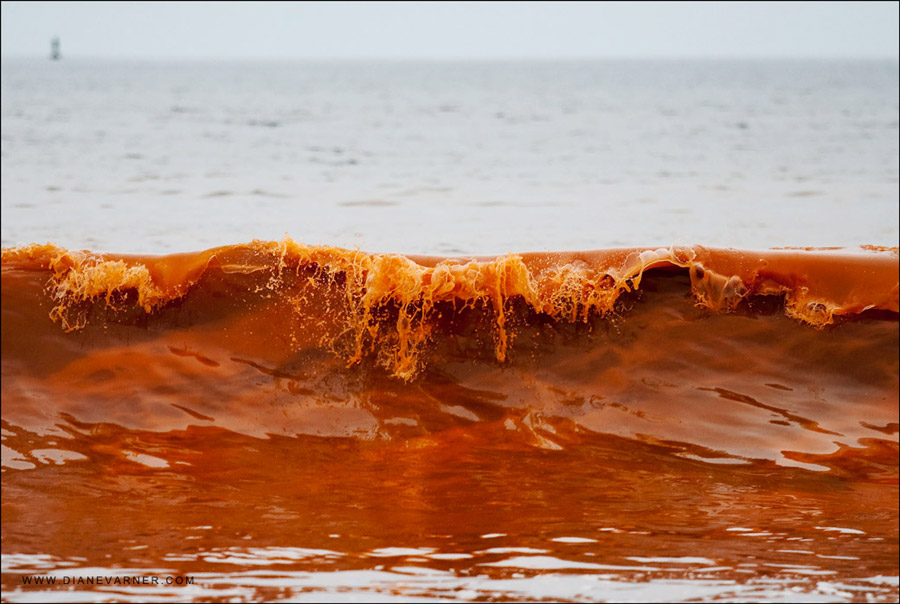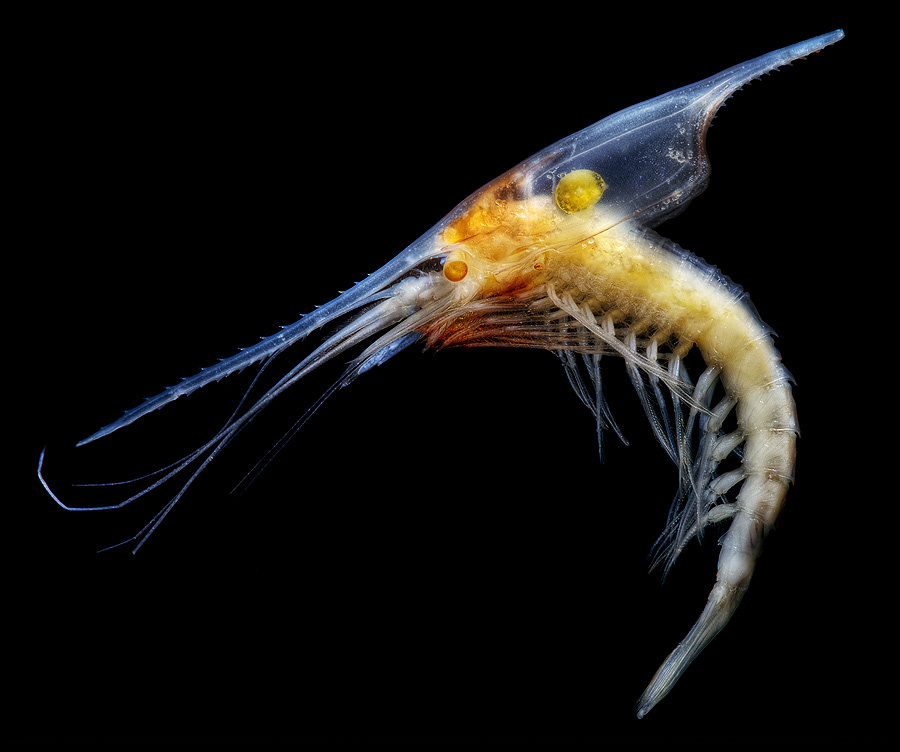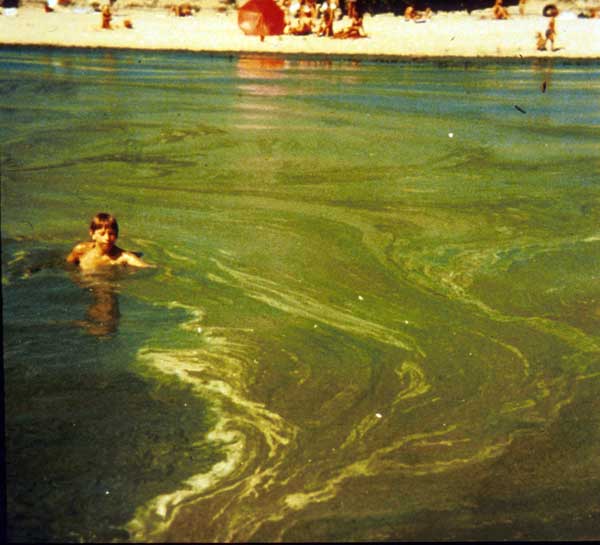
What is Karenia Brevis?
Karenia Brevis is a marine dinoflagellate (a one-celled aquatic protist that's found in both salt and fresh water) that is common in Gulf of Mexico
water. and is the organism responsible for Florida red tide, as well as
red tide in Texas.
What algae bloom is caused by Karenia Brevis?
Karenia Brevis is responsible what is known as the Florida red-tide. It is also responsible for red tides in Texas.


What are the characteristics of the Red Tide?
- Some red tides are associated with the production of natural toxins, depletion of dissolved oxygen or other harmful effects. Most red tides are described harmful algae blooms (HAB).
- They can be very harmful to both marine animal health and human health. It has been researched and shown that in the Gulf of Mexico, Karenia Brevis has been found in red tides in both low and high concentrations. In high concentrations, its toxin paralyzes the central nervous system of fish so they cannot breathe resulting in large numbers of dead fish that wash up along the beaches.
- Not all red tide have toxins or are harmful.
- The name "red" does not always mean the color of the tide. Many tides are not necessarily red and some do not have any discoloration at all.
- The name red tide" has nothing to do with the movement of the tides.
- The density of these organisms during a red tide bloom can exceed tens of millions of cells per liter of seawater, and often discolor the water a deep reddish-brown hue.
The red tide also known as Florida Red Tide, can produce toxins that can be spread through all sea life as well as humans if they come in contact with it. A very bad case example of this would be NSP or neurotoxic shelfish poisoning.
NSP is caused by eating shellfish contaminated with"brevetoxins," which
are produced by Karenia brevis. NSP is a short-term illness with neurologic symptoms (such
as tingling fingers or toes) and gastrointestinal symptoms. There are
very few cases of NSP in the United States because coastal states carefully monitor
their shellfish beds and close the beds for harvesting if high
concentrations of these brevetoxins are detected in the water or in the
shellfish. Brevetoxins may also be in the air along the Gulf coast of
Florida during Florida Red Tide events and includes symptoms such as eye
irritation and a sore throat. People who have asthma
may have symptoms, such as chest tightness, that last for several days
after exposure.
 |
| Sea Bass |
NSP is also dangerous for marine life such as fish. Small fish that eat the algae become contaminated. If larger fish eats a
lot of the smaller, contaminated fish, the poison can build up to a
dangerous level inside the bigger fish's body. An example of these fish most commonly found with NSP are red snapper, grouper and sea bass.
| Grouper |
 |
| Red Snapper |
Although to date, there are no documented deaths due to NSP, the symptoms alone are extremely painful. Here are some more symptoms that come from NSP illness:
- Abdominal cramps
- Diarrhea (severe and watery)
- Nausea
- Vomiting
- A feeling that your teeth are loose and about to fall out
- Confusing hot and cold temperatures (for instance, you will feel that an ice cube is burning you, while a match is freezing your skin)
- Headache (probably the most common)
- Low heart rate and low blood pressure (in very severe cases)
- Metallic taste in the mouth
- Breathing problems (in severe cases)
- Extremely red skin on face and body
- Flushing
- Hives and itching
- Nausea
- Vomiting
















